Stomach cancer is one of the cancers with the third highest mortality rate in Vietnam, after liver cancer.
Medical news January 3: Signs of stomach cancer that should not be ignored
Stomach cancer is one of the cancers with the third highest mortality rate in Vietnam, after liver cancer.
Signs of stomach cancer
A male patient in Hau Giang came to the clinic with symptoms of persistent dull pain in the upper abdomen. The results of the gastroscopy showed that his gastric mucosa was congested and had ulcers in the form of gastric cardia.
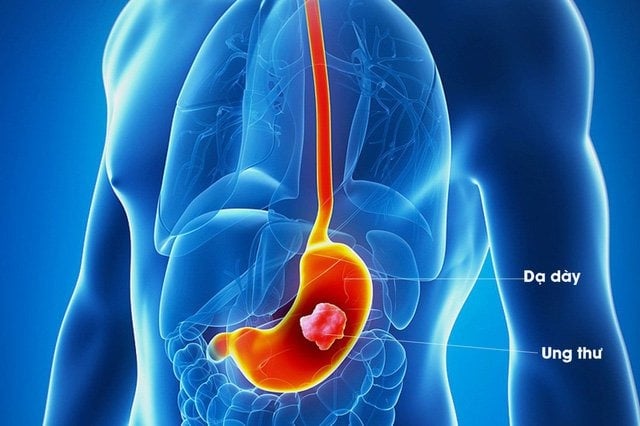 |
| Once stomach cancer has entered an advanced or metastatic stage, treatment becomes complicated and the prognosis is often poor. |
During the endoscopy, the doctor noticed abnormalities in the stomach lining and performed a biopsy to examine the nature of the lesion.
The results showed that poorly differentiated carcinoma, with signet ring cell components, is the most malignant form of cancer. Signet ring cells have poor adhesion properties and are very easy to metastasize, so this is an extremely dangerous form of cancer.
Surgery was indicated immediately to prevent the spread of cancer cells. However, because the tumor was located in the upper part of the stomach, the surgery became more complicated, requiring the removal of the upper part of the stomach and connecting the esophagus to the lower part of the stomach.
Doctors also perform D2 lymph node dissection to remove all lymph nodes that may contain cancer cells, preventing disease recurrence and lymph node metastasis.
Although the surgery was very complicated, the doctors checked carefully during the operation. The results of the intraoperative frozen section biopsy showed that there were no cancer cells on both cut surfaces.
If the biopsy results were negative, we would have had to remove the entire stomach. However, in this case, the doctors had removed all the cancer cells, so most of the stomach was preserved.
After the surgery, Mr. Ngoc recovered very well. On the second day after the surgery, he was able to eat liquids and walk normally. After 5 days, he was discharged from the hospital.
Pathology results showed that he had poorly invasive adenocarcinoma, signet ring cell, stage 1. Although all cancer cells were removed, 3/30 lymph nodes had metastasis. Therefore, Mr. Ngoc needs to continue additional treatment at the Oncology Department to minimize the risk of recurrence.
Dr. Do Minh Hung, Director of the Center for Endoscopy and Endoscopic Surgery of the Digestive System, said that stomach cancer is one of the cancers with the third highest mortality rate in Vietnam, after liver cancer.
The disease can occur in any gender and age, but is most common in people aged 50 and over. In particular, men have a higher incidence than women. However, in recent years, stomach cancer has been on the rise and becoming younger.
One of the reasons why stomach cancer is difficult to detect is that the signs of the disease are quite vague and easily confused with common digestive diseases such as stomach ulcers or nonspecific digestive disorders.
Symptoms such as dull abdominal pain, indigestion, feeling of fullness after eating, and pain in the substernal area when full are often not noticed promptly, leading to late detection of the disease.
Once stomach cancer has entered an advanced or metastatic stage, treatment becomes complicated and the prognosis is often poor.
Doctor Do Minh Hung recommends that detecting stomach cancer at an early stage is very important in treating and improving the patient's life expectancy.
In particular, people with high risk factors need to pay attention to regular health check-ups and perform a gastroscopy if they have unusual symptoms. Risk factors include Helicobacter pylori (HP) infection; Gastric polyps; recurrent gastric ulcers; history of surgery for benign gastric diseases; People aged 45 years or older, or have a family history of stomach cancer.
Early detection of stomach cancer helps increase treatment effectiveness and reduce the risk of death. According to statistics, when stomach cancer is detected in the early stages, the 5-year survival rate can be up to 90%. Therefore, regular health check-ups, especially for people with high risk factors, are very important.
With the continuous advancement of medical technology, the treatment of stomach cancer is becoming more and more effective. In addition to surgery, many treatment methods such as radiotherapy, chemotherapy, and targeted therapy have also been widely studied and applied, bringing new hope to patients.
Importantly, early detection of stomach cancer will help reduce treatment costs and significantly improve the patient's quality of life.
Major surgery to save Sarcoma patient
Ms. Vu Nguyet, 53 years old, from Hai Phong , was a patient with leiomyosarcoma in the area between the rectum and uterus. The tumor had recurred and metastasized widely throughout many organs in the body, causing her to face prolonged pain, difficulty walking, and an inability to sit, only able to lie on her side when sleeping.
She underwent a 12-hour surgery with 10 complex stages to remove the tumor and invaded organs, giving the patient hope of life.
The tumor was initially only 2x2 cm in size in the left buttock since 2022. After surgery to remove the tumor and chemotherapy, the tumor recurred, increased in size and metastasized to important organs such as the uterus, rectum, bladder, right kidney, and buttock area.
Ms. Nguyet also had to face serious complications, such as unrelenting pain, incontinence, and having to live in an extremely difficult situation.
After many medical facilities refused to perform surgery and only advised palliative treatments, Ms. Nguyet sought out Associate Professor, Dr. Trieu Trieu Duong, an experienced expert in this field.
Associate Professor Duong found that the disease was very complicated, the tumor was very large and had spread widely. Therefore, the only method was radical surgery, although it posed many risks and challenges.
Associate Professor Duong said that this was a complicated surgery that he had never encountered in his 40 years of work. The tumor was 16.6 x 19.6 cm large, invading many important organs such as the uterus, bladder, kidney, and buttocks. Along with that, the patient also suffered from many other diseases such as uterine fibroids and gallstones.
The 12-hour surgery was performed by a team of doctors from many different specialties, including general surgery, urology, orthopedics, anesthesia, and diagnostic imaging. The patient had to receive a blood transfusion of 2,000 ml during the surgery.
Each step of the surgery was very difficult: hysterectomy and adnexectomy, partial cystectomy, rectal resection, colostomy, iliac artery ligation, and partial right kidney resection. In particular, the removal of the tumor in the buttocks, sphincter, and part of the bilateral gluteal muscles, along with
The patient's condition was very serious, the tumor was large and invaded the entire pelvis. During the surgery, when the doctors removed the tumor, the patient's blood pressure dropped to nearly 0, the bleeding continued, making the surgery extremely stressful.
However, thanks to careful preparation and close coordination among specialists, doctors were able to completely remove the tumor without endangering the patient's life.
Associate Professor Duong also said that restructuring the pelvic floor and restoring lost tissue after surgery is very important, helping to avoid organ prolapse and ensuring the patient's quality of life after surgery.
After 5 days, Ms. Nguyet was able to eat and drink again, and after 10 days, she was able to walk normally. "I have a good appetite, very little pain, sleep better, feel comfortable, almost revived," Ms. Nguyet shared.
Although leiomyosarcoma has a lower recurrence rate and survival prognosis than other soft tissue cancers, with complete removal of the tumor and invasive lesions, patients can live longer if they receive follow-up and additional treatment after surgery.
Associate Professor Duong advised that leiomyosarcoma often has no obvious symptoms in the early stages, and symptoms only appear when the tumor has grown large, causing compression of other organs. Therefore, early detection and radical surgery can help patients live longer and improve their quality of life.
According to Associate Professor Duong, early detection of leiomyosarcoma is a decisive factor in treatment. Leiomyosarcoma is often asymptomatic in the early stages, but when the tumor has grown, symptoms can cause severe discomfort and affect surrounding organs. Surgery is the most effective method of treatment, especially when the disease is detected at an early stage.
At the same time, doctors recommend that patients with symptoms of pain, swelling or strange tumors of unknown origin should see a doctor immediately to avoid the disease progressing too late. Cases of leiomyosarcoma can be treated more effectively if detected early and thoroughly surgically.
Stent placement saves life of inoperable duodenal cancer patient
Mr. Chanh (82 years old, Ho Chi Minh City) discovered duodenal cancer many years ago, but due to poor health and old age, he refused surgery. The tumor grew rapidly, causing severe gastrointestinal obstruction, requiring 4 stents to clear the passage and improve his ability to eat.
Initially, Mr. Chanh’s tumor was small and did not cause serious symptoms. However, after about 8 months, the disease progressed and the tumor invaded the duodenum, causing obstruction, making it impossible for him to eat or drink, causing frequent vomiting and anemia.
He had his first stent placed in April 2024 to improve the blockage, but the tumor continued to grow and re-block, requiring further stenting in July and December 2024.
CT scan results showed that the tumor had completely invaded the old stent and continued to cause obstruction.
Doctors decided to perform a third stent placement, with two new stents to relieve the blockage and extend the affected part of the digestive tract. After the surgery, which lasted more than an hour, Mr. Chanh's condition improved significantly. He could eat normally and no longer felt nauseous.
According to doctors, if duodenal cancer is not treated, it will cause serious obstruction and reduce the patient's quality of life.
Stent placement is a minimally invasive intervention that helps patients improve their digestion and maintain life when surgery is not possible. This technique is safe and effective for the elderly, but requires experienced doctors and modern medical equipment.
Source: https://baodautu.vn/tin-moi-y-te-ngay-31-dau-hieu-mac-ung-thu-da-day-khong-duoc-bo-qua-d238163.html


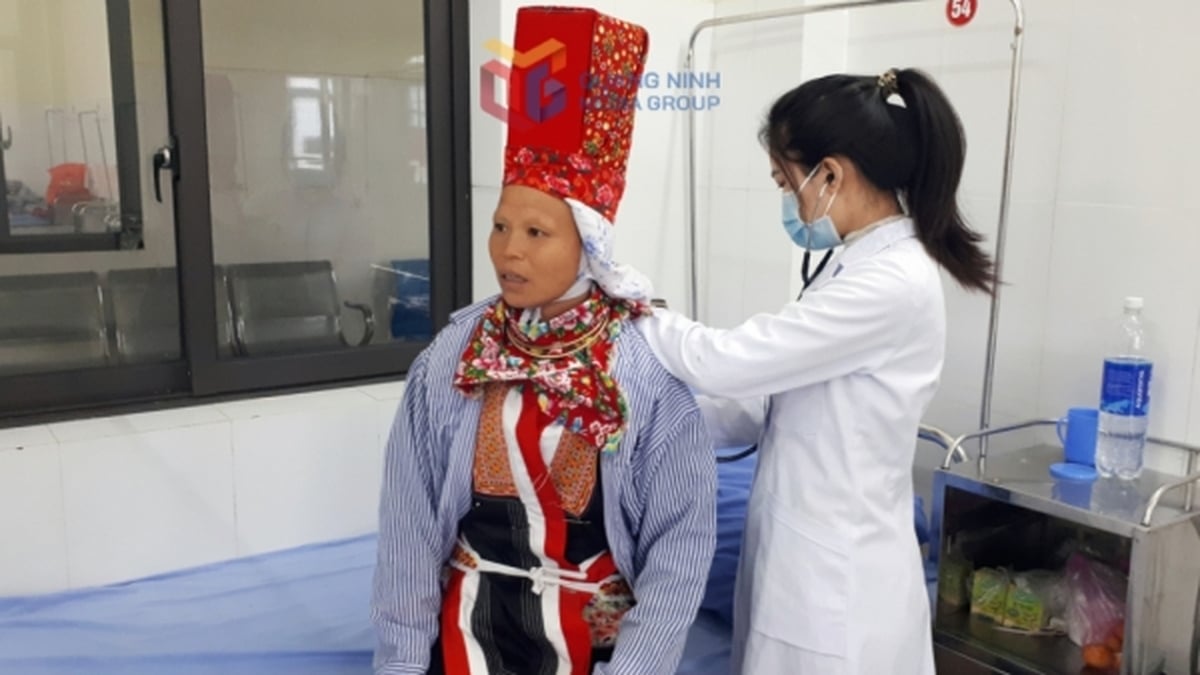



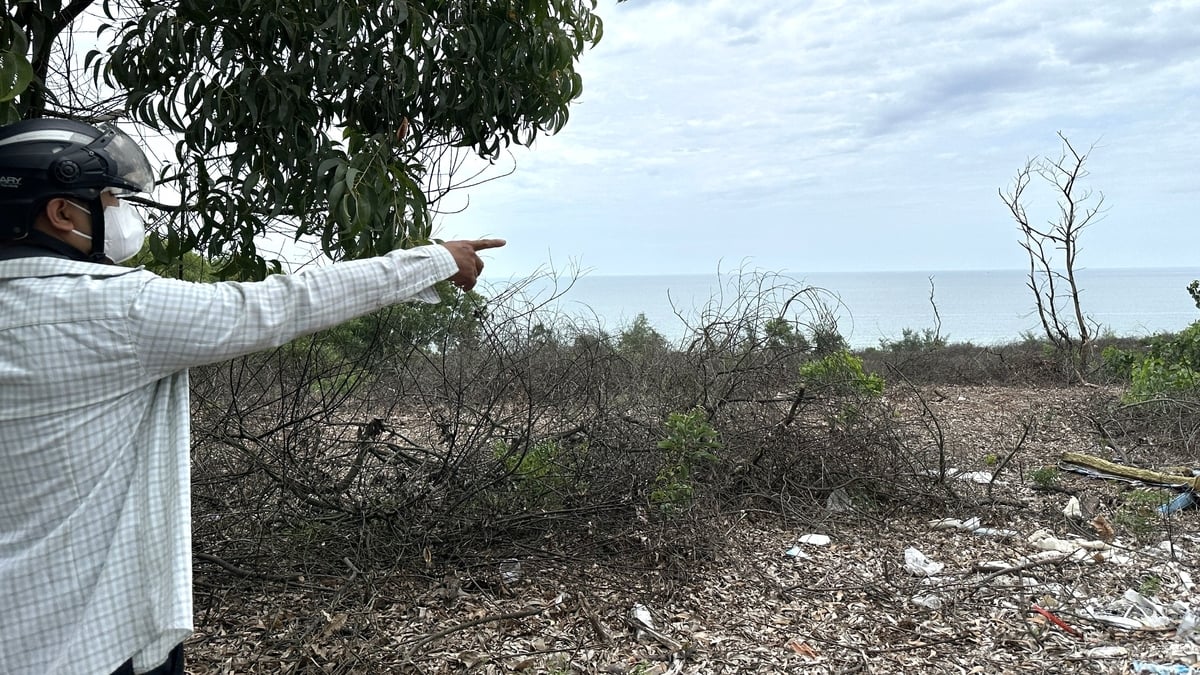
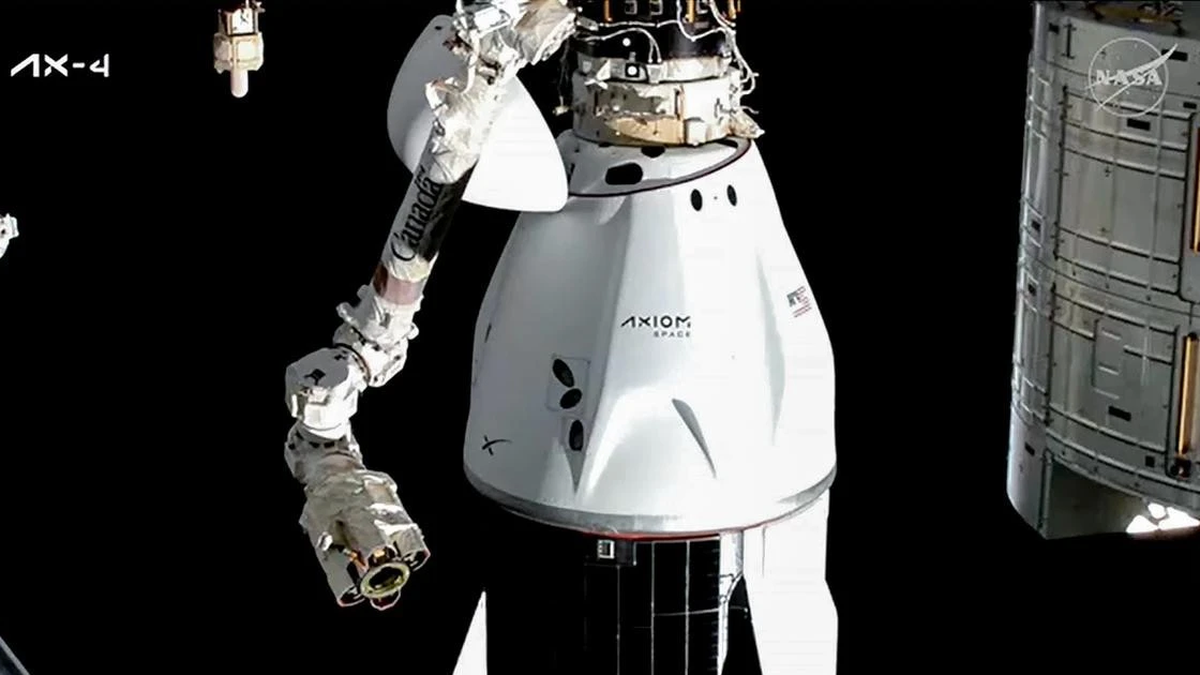
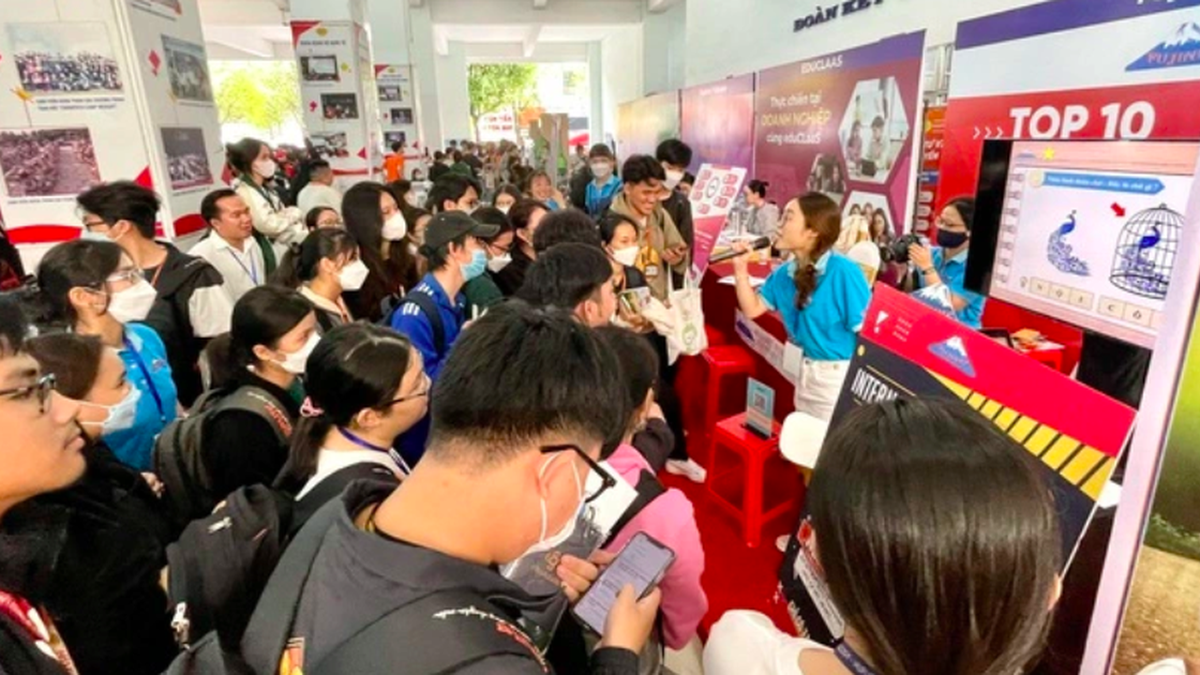





































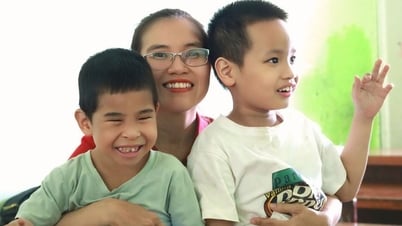





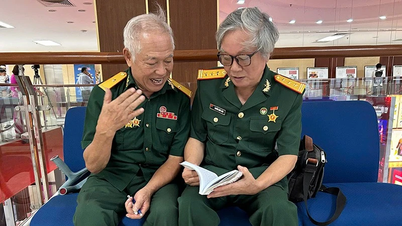








































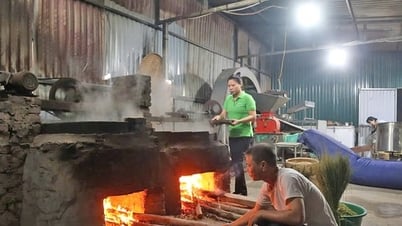










Comment (0)